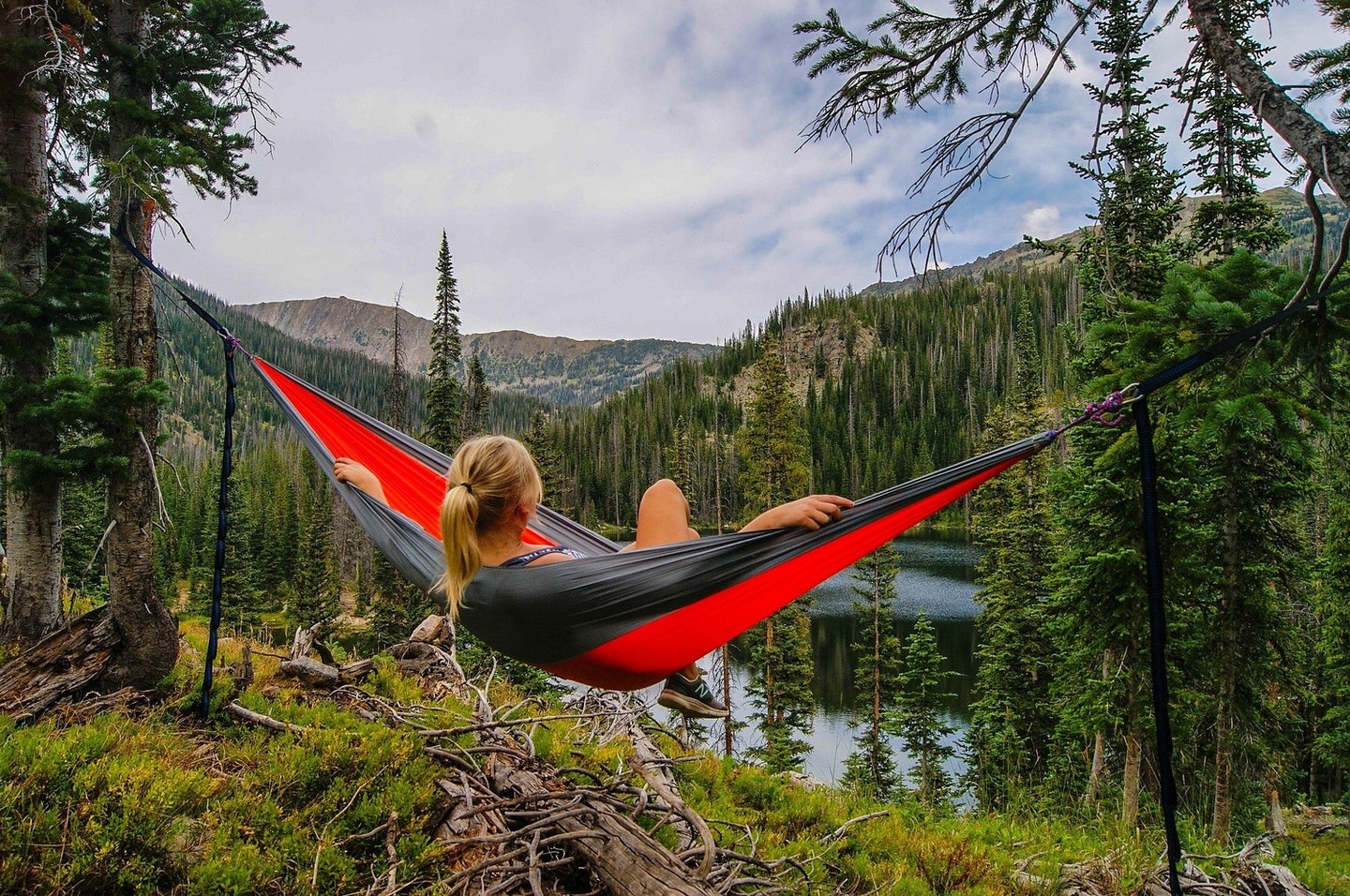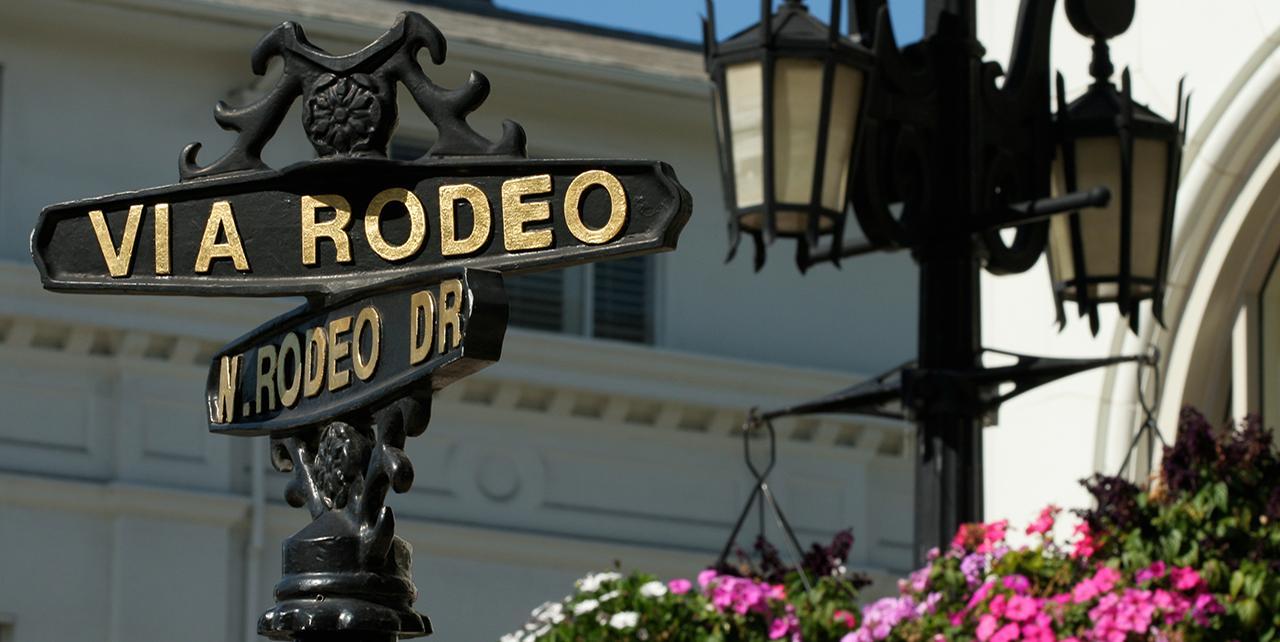Boat Cleats 101 – Every Boater’s Guide to Secure Tying

Contents
Introduction to Boat Cleats
Boat cleats are essential components of any vessel, serving as the primary point of attachment for lines and ropes. They come in many different sizes, shapes, and materials, and their size and design usually depends on the specific needs of a boat. Understanding boat cleats‘ basic types and uses is essential for every boater.
The Importance of Boat Cleats
Boat cleats may seem like a small and insignificant part of a boat, but they hold great importance. They act as anchors for ropes, which are necessary for securing the boat in place and keeping it from drifting away. Properly installed and maintained cleats also keep passengers safe when entering and exiting the boat.
The Basic Design of a Boat Cleat
Boat cleats may seem like a small detail on a vessel, but they are actually an essential component in ensuring safe and secure docking. The basic design of a boat cleat typically consists of one or more arms that securely fasten ropes or lines to the boat. These cleats can be made of various materials, including aluminum, stainless steel, and nylon.
Different Materials Used in Boat Cleats
Boat cleats are essential for securing dock lines and keeping your watercraft in place. However, they are not all created equal and the materials used can greatly affect their durability and functionality. Common materials include stainless steel, aluminum, bronze, nylon, and plastic. Stainless steel cleats are strong and resistant to corrosion, making them a popular material of choice for saltwater use.
Types of Boat Cleats: Horn Cleats
Boat cleats are essential for securing boats to docks and piers, and Horn Cleats are among the most popular types used by boaters today. These sturdy metal cleats are shaped like horns, with one or more horns extending vertically from a base plate. Horn cleats come in various sizes and materials to accommodate different types and sizes of boats.
Their simple design and size allows them to hold any size of even the heaviest boats in place while mooring securely. Whether you’re a seasoned sailor or a novice boater, Horn Cleats are an excellent choice for keeping your vessel safely tied up.
Types of Boat Cleats: Cam Cleats
Regarding boating, one important aspect to consider is the type of boat cleat you choose to use. Cam cleats, for example, are a popular option for securing lines on sailboats and powerboats alike. These cleats use a cam mechanism to hold the line in place and can easily be released with a pull of the line.
Types of Boat Cleats: Clam Cleats
Sailors and boating enthusiasts may be familiar with the different types of boat cleats available. One such type is the clam cleat, which has a unique design allowing quick and easy rope adjustment.
Types of Boat Cleats: Mooring Cleats
Boat owners know that mooring their vessel safely and securely is the most important aspect of any outing on the water. Mooring cleats are an essential tool to achieving this goal. These types of boat cleats come in various shapes and sizes, specifically designed to provide a stable, strong and secure means of tying up a boat.
Conclusion
In conclusion, boat cleats play a pivotal role in the safety and functionality of any boat. By understanding the different types, materials, and uses, every boater can ensure their vessel is secure, whether it’s moored at a dock or bracing against the wind and waves.






